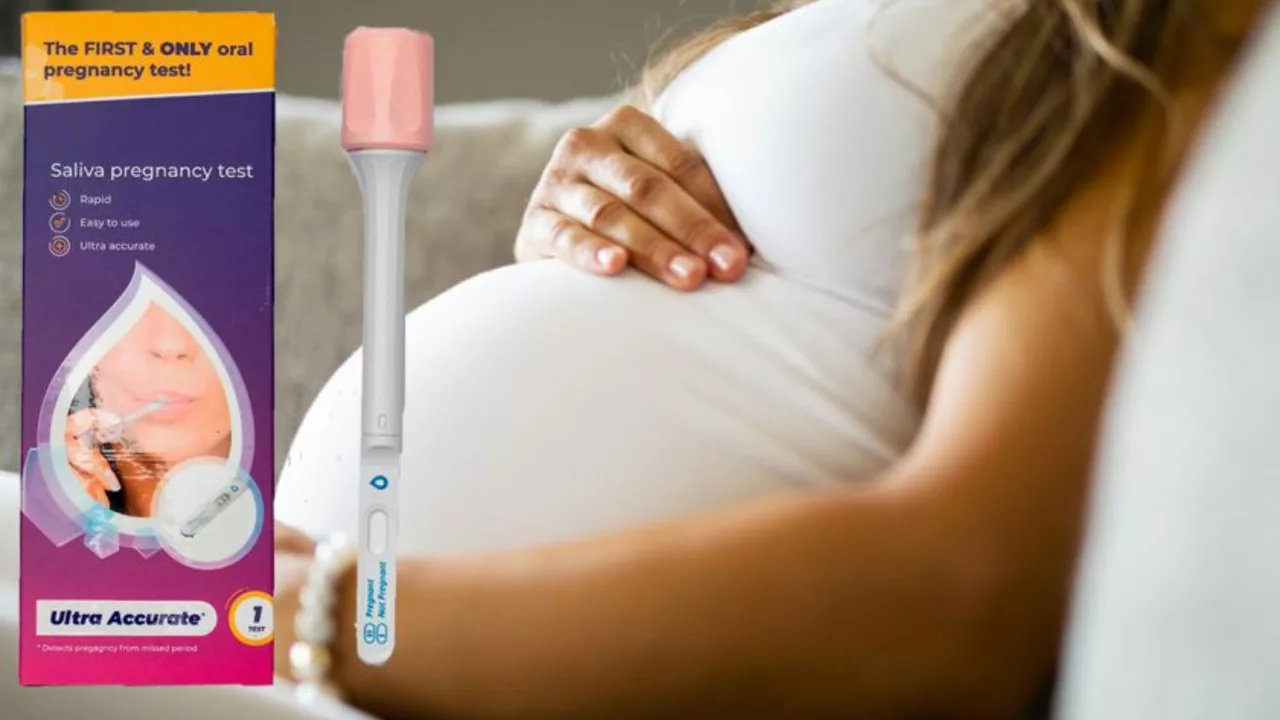Pregnancy Test Strips – How They Work, Choose & Read Results
If you’re wondering whether that little stick can tell you if you’re expecting, you’ve come to the right place. Pregnancy test strips are designed to catch the hormone hCG in your urine, which shows up after a fertilized egg sticks to the uterus. The strip has a special area that changes color when it detects hCG, giving you a clear “yes” or “no.” It’s fast, cheap, and can be done at home without any medical appointments.
Choosing the Right Strip
Not all strips are created equal. Some claim to work a few days before your missed period, while others need you to wait until after that date for reliable results. Look for tests labeled “early detection” if you want to try before your period is due – they usually have a lower sensitivity threshold and can spot smaller hCG levels. Check the expiration date; an old test may give false negatives. Also, consider whether you prefer a digital read‑out (a simple plus or minus) or a traditional line style, which some people find easier to interpret.
Price matters too. A pack of 10 basic strips can cost under $5, while premium brands with extra features may be a bit pricier. If you’re testing multiple times, buying in bulk saves money and ensures you have fresh tests on hand. Read online reviews for real‑world feedback – many users note which brands give the clearest lines or the fastest results.
Reading Results Correctly
When you’re ready, use your first‑morning urine for the best chance of catching hCG. Follow the instructions: usually dip the strip into a cup of urine for a few seconds, then lay it flat on a clean surface. Most tests need 3–5 minutes to develop. If you see one line (or a “no” on a digital test), that means negative. Two lines or a “yes” indicate positive – even if the second line is faint, it’s still a detection.
Don’t read the result too early; some strips can show a false line if checked before the recommended time. Conversely, waiting too long (over 10 minutes) may cause evaporation lines that look like positives. If you’re unsure, repeat the test with a fresh strip after a day or two, especially if your period still hasn’t started.
Remember, a negative result doesn’t guarantee you aren’t pregnant – it could be too early for hCG to show up. If you get a positive result, schedule an appointment with a healthcare provider to confirm and discuss next steps. And if you keep getting negatives but miss periods repeatedly, talk to a doctor about possible reasons.
In short, pregnancy test strips are a handy tool when used correctly. Pick a reputable brand, follow the timing guidelines, and interpret the lines or digital read‑out without rushing. With a bit of care, you’ll get reliable answers right from your bathroom mirror.


